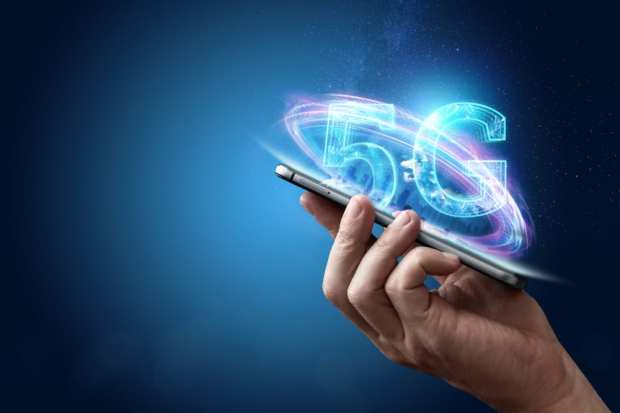5G Faces Growing Resistance To Deployments

Everyone in retail and payments is – or should be – getting ready for 5G mobile network technology. More potential and real 5G use cases keep popping up (more about that in just a bit), but it also pays to keep in mind that as the technology moves closer to the mainstream, more consumers are fighting back against those deployments.
Here at PYMNTS, we take a generally optimistic and robust view of the coming decade of the 2020s, during which many fresh payments and retail innovations promise to catch speed and take flight and make bigger differences in the daily lives of consumers. Those differences might come from, say, voice-assistance retail, biometrics or the emerging connected car ecosystem. As well, 5G will almost certainly play a major role in payments and commerce over the coming years.
But as fresh skepticism has popped up regarding the progress of connected and autonomous vehicles – skepticism that stems from human reluctance to change automotive culture, along with technological questions – facial recognition and now 5G have faced their own backlashes.
Long Rollout
According to a recent report in The Wall Street Journal, “Billed as the key to the future – of telecommunications, of global competition, of innovation and even of municipal infrastructure –5G has instead become a bone of contention. In addition to upgrading existing towers, it will require an estimated half-million new towers and small-cell sites on utility poles, lampposts and buildings. Experts also anticipate a long rollout period, potentially of a decade or more.”
Such pushback could potentially play a role in consumer acceptance of the new 5G mobile network technology, though it is too early to say that with any sort of certainty. The new 5G technology allows for faster data speeds, not just in phones, but also in cameras, self-driving cars and all kinds of Internet of Things (IoT) devices in cities and homes.
And it might not even matter much. Even as more towns and citizens seek to delay or stop 5G deployments, the U.S. Federal Communications Commission (FCC), the newspaper noted, “has rolled out its 5G Fast Plan requiring cities and states to approve new 5G antennas within 60 or 90 days. It also limits what government leaders can charge carriers for the real estate on which the new infrastructure will hang – be it a utility pole, streetlight or even building facade.” That mandate may, in fact, be sparking some 5G opposition, the newspaper reported, but even so, the mobile network technology moves ever closer to the mainstream.
Take one recent 5G use case – the use of the mobile network technology to speed up streaming, which in turn can help to encourage more commerce and transactions related to all those entertainment options. According to one account of this newer 5G use case, “powered by a form of millimeter-wave signals – a technology the carrier is using to offer 5G in cities around the country – the service offers super-fast internet speeds directly into homes and is also known as ‘fixed wireless.’”
Better Phones
That’s not all that is serving to move 5G mobile network technology forward. News recently emerged that while Apple won’t be the first major vendor offering a 5G smartphone, all three iPhones scheduled for release in 2020 will accommodate the new cellular network. Apple is also reportedly making its own 5G chips, which could be ready as soon as 2022 or ‘23. The company is moving forward on the tech despite the U.S. ban on Huawei.
And when it comes to augmented reality, you can count on more efforts in the new decade, thanks to the fledgling deployments of 5G mobile network technology.
“Retailers like to vaunt their forays into augmented and virtual reality, but current 4G connectivity isn’t fast enough to scale these capabilities to all mobile users,” is how one recent analysis put it. “Many AR experiments are still considered proof-of-concept, but standardizing 5G will undoubtedly accelerate the mainstreaming of connected retail.”
The focus of a good deal of those AR efforts will no doubt come down to the omnichannel experience – that is, augmenting, if you will, the in-story experience for digital- and mobile-minded consumers.
“Above all, in-store AR adds a visual context to the purchasing experience,” the analysis states. “A customer can hover their smartphone over a product and see information such as ingredients, ratings and instructions projected onto their screen.”
All technology progress encounters resistance, either sooner or later. The coming months will provide more clarity about what will happen with 5G.